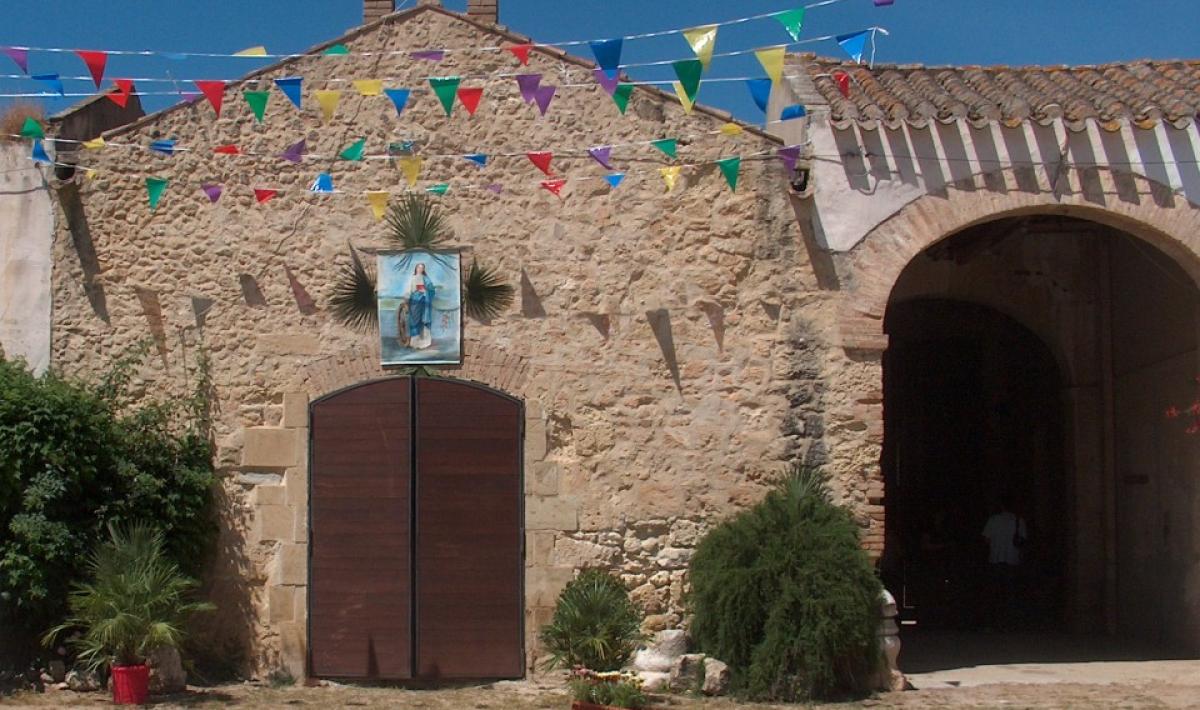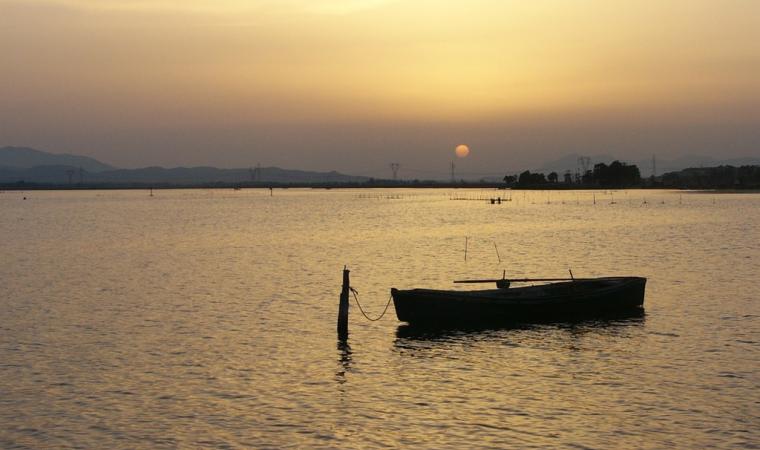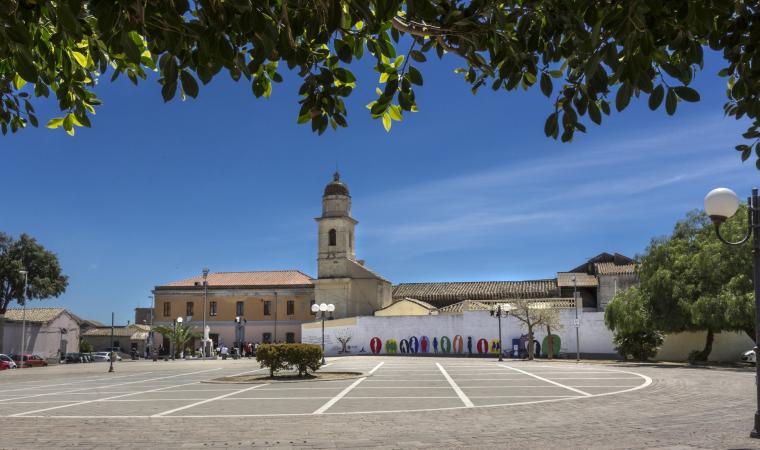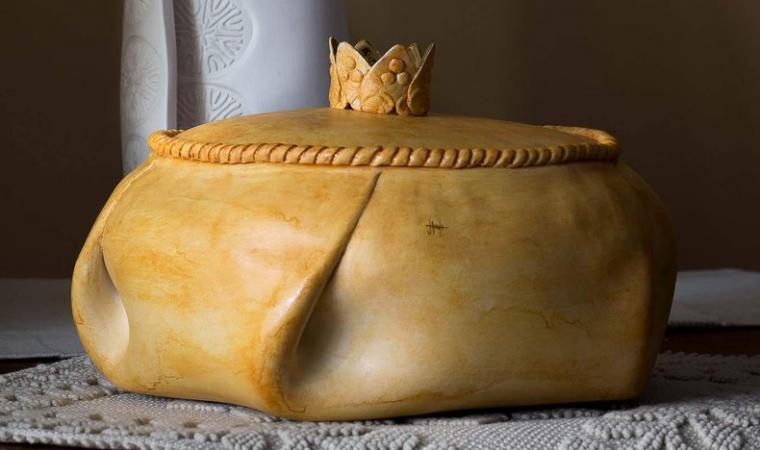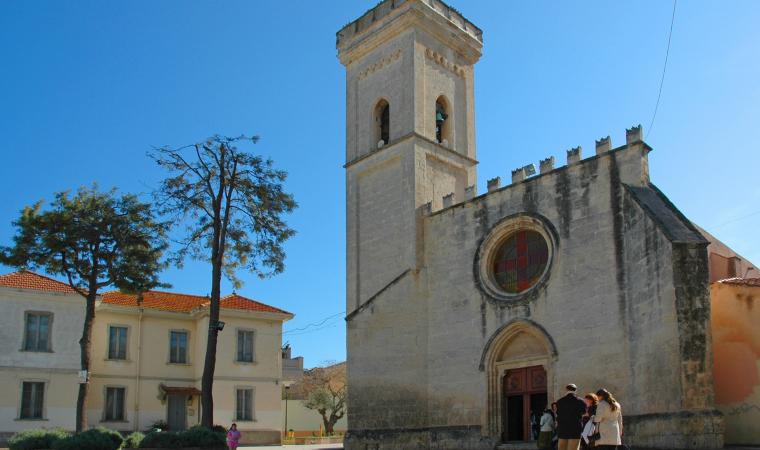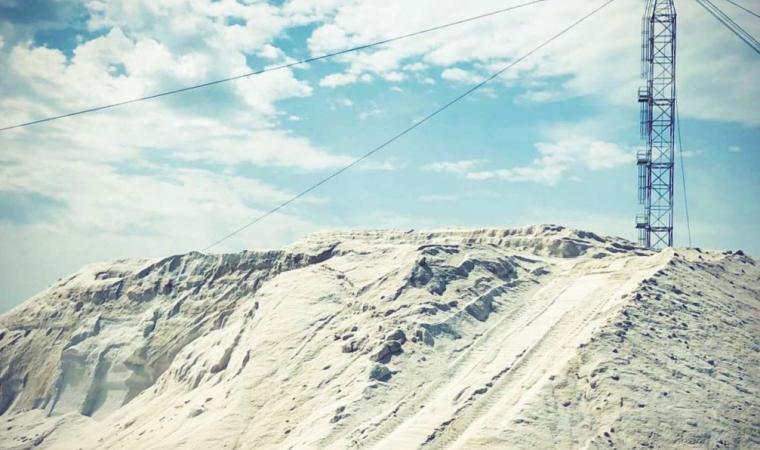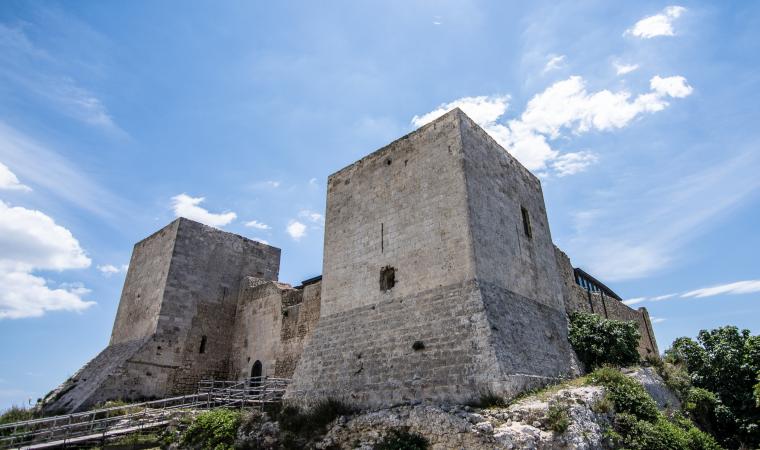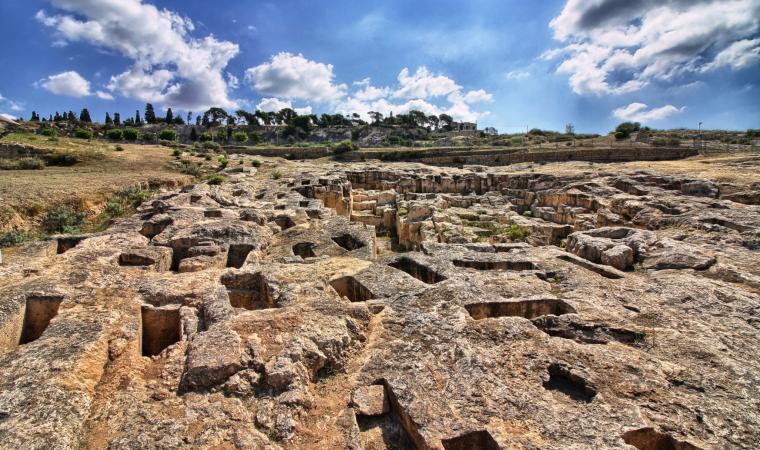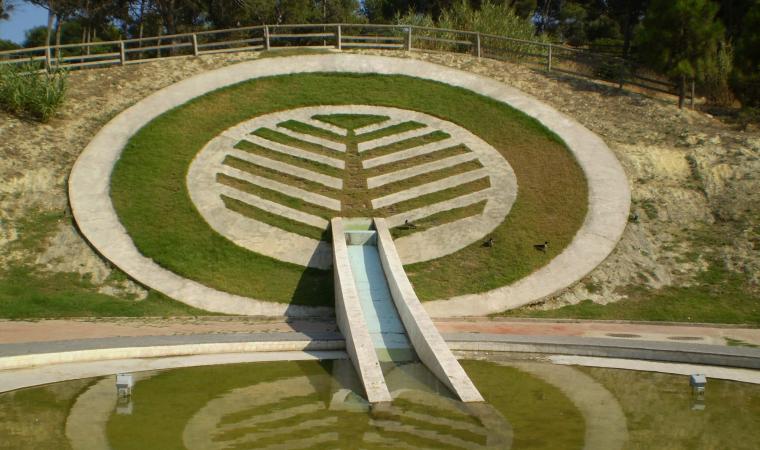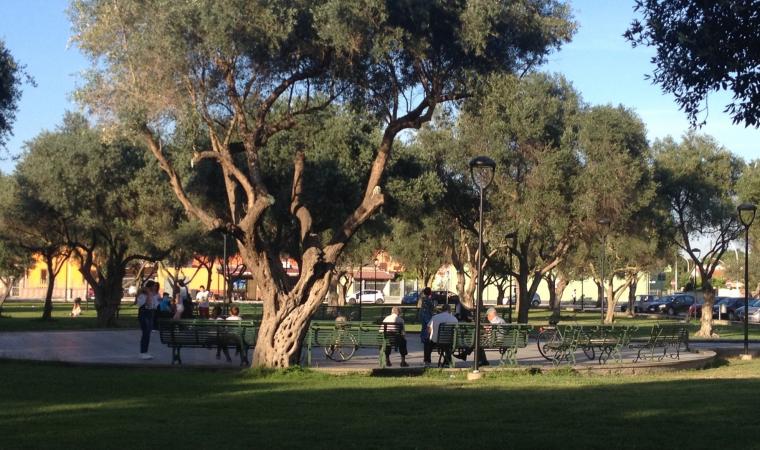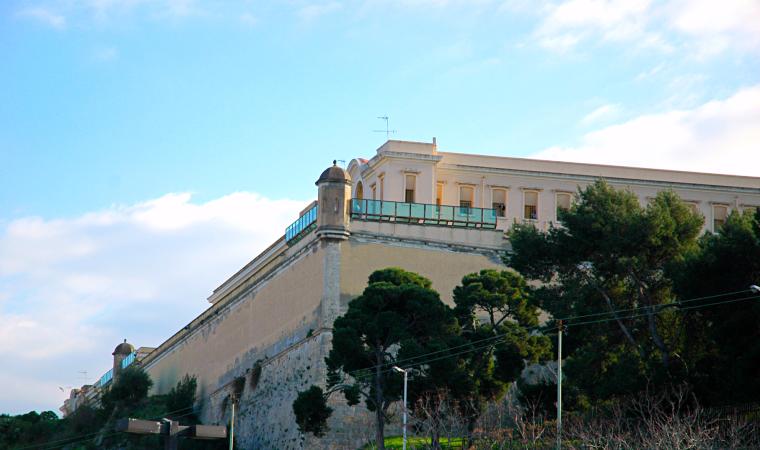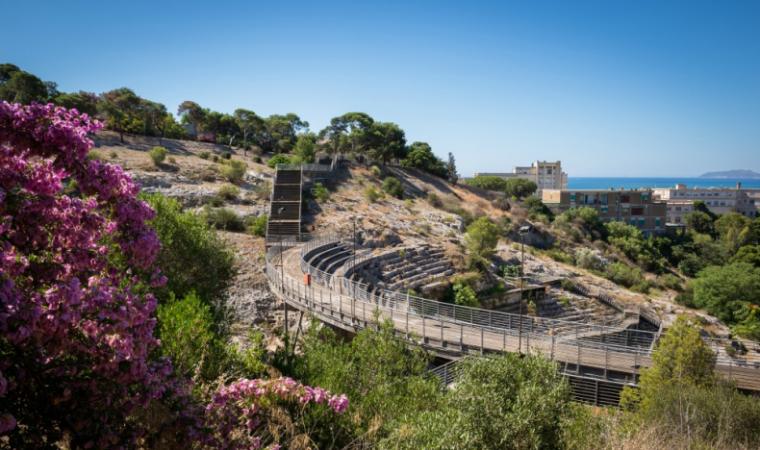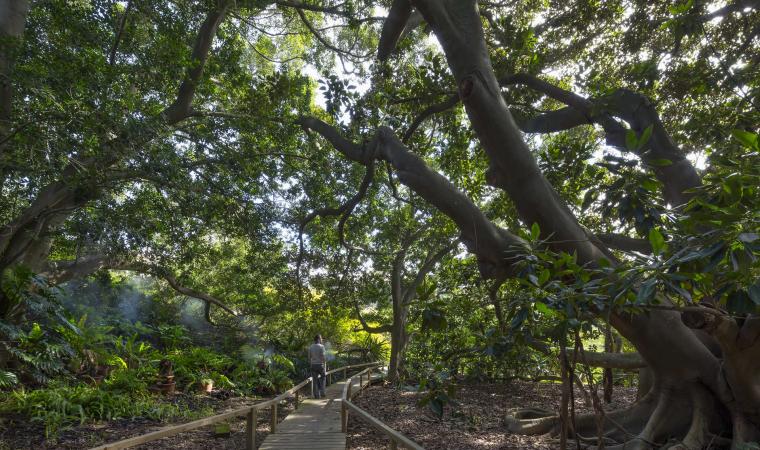Becoming a fraction of Cagliari in 1937, the Municipality of Elmas went on to acquire autonomy in 1989. Within its territory lies the modern airport named after Mario Mameli, handling the most passengers of all three main gateways to Sardinia, situated just ten minutes from the centre of the capital. Also of interest is the military airport, thanks to its history and architecture, having witnessed the companies of De Pinedo and Balbo in 1927. The great barracks of the aviators comprise one of the most particular structures, with a helical ramp for ascent and descent. Elmas also houses the most important press centre on the island.
Founded as a village of fishermen and farmers on the banks of the Stagno di Cagliari (called the Laguna di Santa Gilla), its most attractive naturalistic expression is where the flight of pink flamingos can be seen. Today, the town boasts a population of almost ten thousand inhabitants and is constantly growing. The first remnants that attest to a frequentation of the territory date back to the late Neolithic period and to the Nuragic Age. A few steps away from the Punic and then Roman Carales, the first settlement stood on the banks of the lagoon, the area being a strategic point for trade and cultivation. From Roman times are remains of houses and perhaps a temple, with numerous findings of limestone and marble ashlars, columns and mosaic tesserae. In the Middle Ages, the area was inhabited by the Benedictine monks of Saint-Victor de Marseille. The Victorians left an inheritance in the form of the Chiesa di Santa Caterina di Semelia, a small jewel of Romanesque architecture, which maintains its original wooden trussed roof, floor and threshold. It stands at the centre of a large courtyard, at its sides the cumbessias (or, novenari – sites where the populations and pilgrims of differing nations congregate for nine days prior to a feast day). The celebrations in honour of the saint take place on the Monday of Pentecost, lasting three days. The medieval settlement on the banks of the lagoon was called Semelia. At the end of the 13th century, the village was expropriated by the Pisans and then fell into the hands of the Aragonese. The inhabitants abandoned it to travel inland, to what was to become Villa del Mas.
The parish church of San Sebastiano is the most important recent building of worship. The festivities in his honour take place on 20th January, around a great fire with traditional products offered to the faithful.

